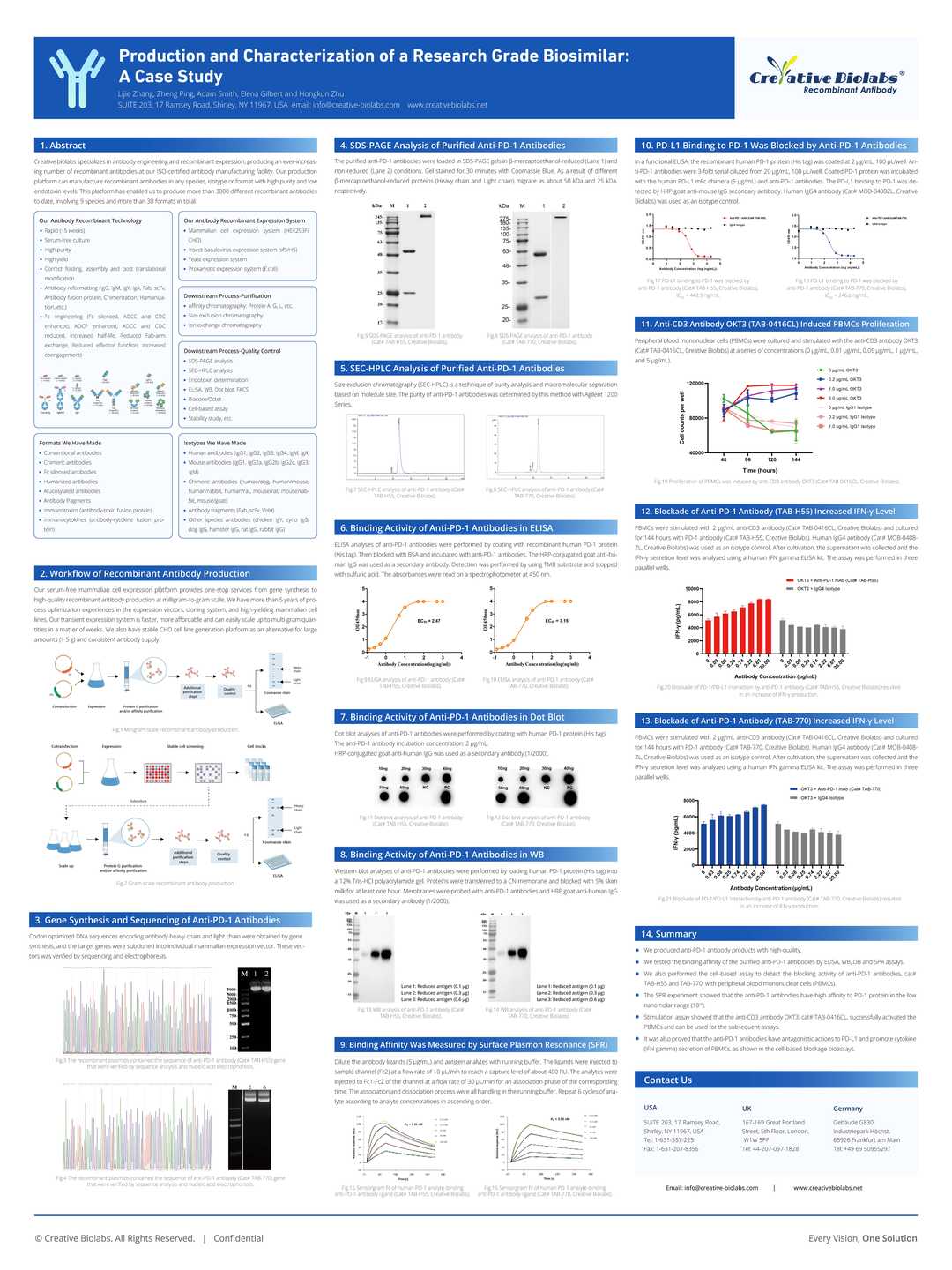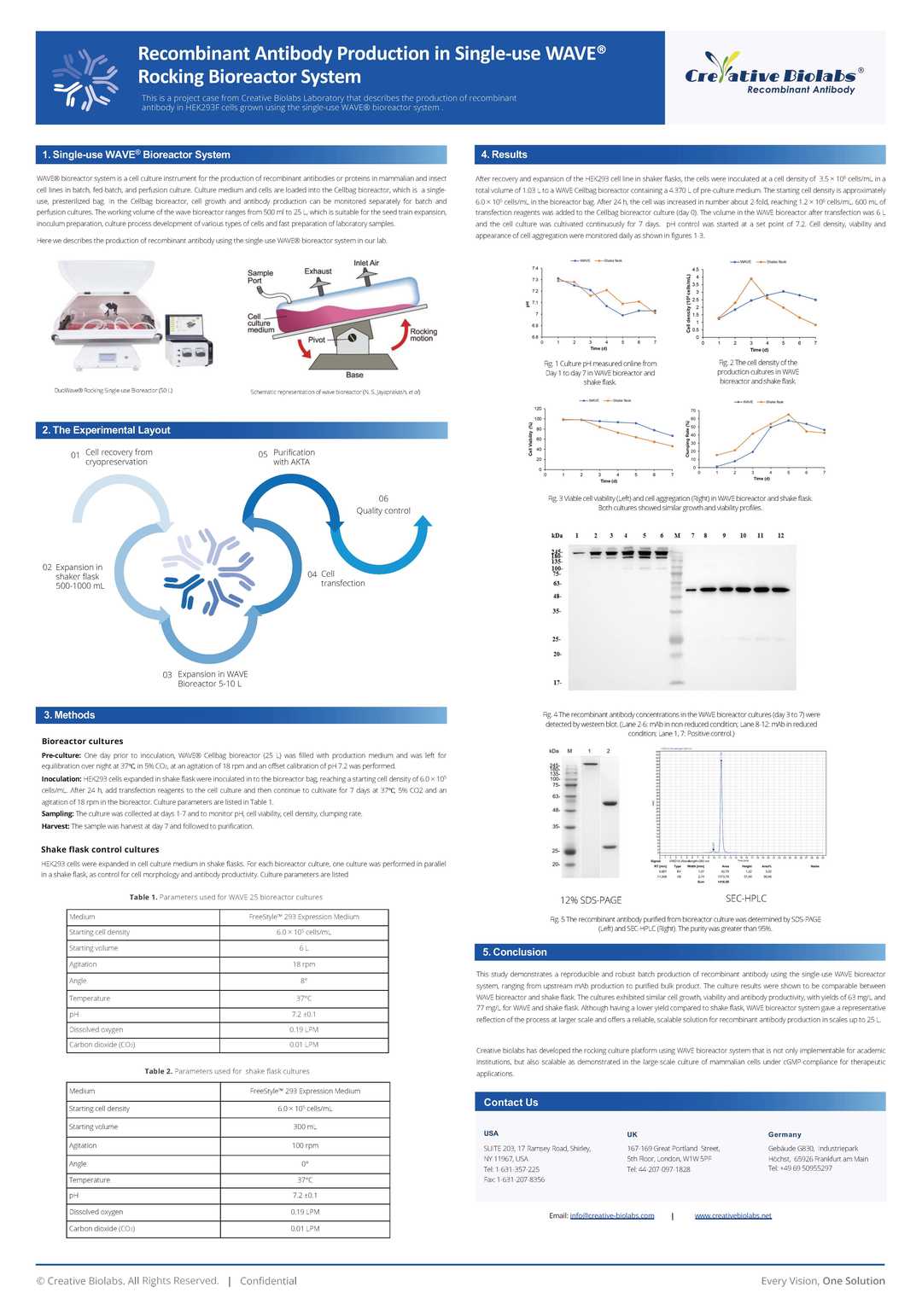Mouse Anti-RAD23B Recombinant Antibody (VS3-CJ1040)
CAT#: VS3-CJ1040
This product is a mouse antibody that recognizes human, mouse, and rat RAD23B (N-Terminus).










Specifications
- Immunogen
- KLH-conjugated synthetic peptide between 1-409 amino acids from the N-terminal region of human RAD23B
- Host Species
- Mouse
- Type
- Mouse IgG1, κ
- Specificity
- Human, Mouse, Rat RAD23B (N-Terminus)
- Species Reactivity
- Human, Mouse, Rat
- Applications
- WB
- Conjugate
- Unconjugated
Product Property
- Purification
- Protein G affinity purified
- Purity
- >95% as determined by SDS-PAGE
- Format
- Liquid
- Buffer
- PBS, pH 7.3.
- Preservative
- 0.09% Sodium Azide
- Storage
- Store at 4°C for short term. Aliquot and store at -20°C for long term. Avoid repeated freeze/thaw cycles.
Applications
- Application Notes
- This antibody has been tested for use in Western Blot (1:1000).
Target
- Alternative Names
- P58; HR23B; HHR23B
- Gene ID
- 5887
- UniProt ID
- P54727
- Sequence Similarities
- Belongs to the RAD23 family.
- Cellular Localization
- Cytoplasm, Nucleus, Proteasome
- Protein Refseq
- NP_001231653.1; NP_002865.1
- Function
- Multiubiquitin chain receptor involved in modulation of proteasomal degradation. Binds to polyubiquitin chains. Proposed to be capable to bind simultaneously to the 26S proteasome and to polyubiquitinated substrates and to deliver ubiquitinated proteins to the proteasome. May play a role in endoplasmic reticulum- associated degradation (ERAD) of misfolded glycoproteins by association with PNGase and delivering deglycosylated proteins to the proteasome. The XPC complex is proposed to represent the first factor bound at the sites of DNA damage and together with other core recognition factors, XPA, RPA and the TFIIH complex, is part of the pre-incision (or initial recognition) complex. The XPC complex recognizes a wide spectrum of damaged DNA characterized by distortions of the DNA helix such as single-stranded loops, mismatched bubbles or single-stranded overhangs. The orientation of XPC complex binding appears to be crucial for inducing a productive NER. XPC complex is proposed to recognize and to interact with unpaired bases on the undamaged DNA strand which is followed by recruitment of the TFIIH complex and subsequent scanning for lesions in the opposite strand in a 5'-to-3' direction by the NER machinery. Cyclobutane pyrimidine dimers (CPDs) which are formed upon UV-induced DNA damage esacpe detection by the XPC complex due to a low degree of structural perurbation. Instead they are detected by the UV-DDB complex which in turn recruits and cooperates with the XPC complex in the respective DNA repair. In vitro, the XPC:RAD23B dimer is sufficient to initiate NER; it preferentially binds to cisplatin and UV-damaged double-stranded DNA and also binds to a variety of chemically and structurally diverse DNA adducts. XPC:RAD23B contacts DNA both 5' and 3' of a cisplatin lesion with a preference for the 5' side. XPC:RAD23B induces a bend in DNA upon binding. XPC:RAD23B stimulates the activity of DNA glycosylases TDG and SMUG1.
Customer Review
There are currently no Customer reviews or questions for VS3-CJ1040. Click the button above to contact us or submit your feedback about this product.
Submit Your Publication
Published with our product? Submit your paper and receive a 10% discount on your next order! Share your research to earn exclusive rewards.
Downloadable Resources
Download resources about recombinant antibody development and antibody engineering to boost your research.
Product Notes
This is a product of Creative Biolabs' Hi-Affi™ recombinant antibody portfolio, which has several benefits including:
• Increased sensitivity
• Confirmed specificity
• High repeatability
• Excellent batch-to-batch consistency
• Sustainable supply
• Animal-free production
See more details about Hi-Affi™ recombinant antibody benefits.
Datasheet
MSDS
COA
Certificate of Analysis LookupTo download a Certificate of Analysis, please enter a lot number in the search box below. Note: Certificate of Analysis not available for kit components.
Secondary Antibody
- CAT
- Product Name
Recommended Dilution Buffer
- CAT
- Product Name
See other products for "RAD23B"
Select a product category from the dropdown menu below to view related products.
| CAT | Product Name | Application | Type |
|---|---|---|---|
| MOB-0901CT | Recombinant Mouse anti-Human RAD23B Monoclonal antibody (3968E8b) | Dot, IHC-P, WB | |
| FAMAB-1236CQ | Mouse Anti-RAD23B Recombinant Antibody (clone SAIC-28B-8) | Immuno-MRM, ELISA | Mouse IgG1 |
| FAMAB-1237CQ | Mouse Anti-RAD23B Recombinant Antibody (clone SAIC-28A-29) | Immuno-MRM, WB | Mouse IgG1 |
| ZG-0429J | Mouse Anti-RAD23B Recombinant Antibody (ZG-0429J) | WB, ICC | Mouse IgG |
| VS3-QX950 | Mouse Anti-RAD23B Recombinant Antibody (clone 5H1-A10-A7) | WB, ICC, IHC | Mouse IgG2b |
| CAT | Product Name | Application | Type |
|---|---|---|---|
| MHC-CN0001 | APC-A*24:02/Human RAD23B (AANFLLQQNF) MHC Tetramer | FCM | |
| MHC-CN0002 | PE-A*24:02/Human RAD23B (AANFLLQQNF) MHC Tetramer | FCM |
| CAT | Product Name | Application | Type |
|---|---|---|---|
| VS-1024-XY430 | Mouse Anti-NHP RAD23B Recombinant Antibody (clone 5H1) | WB, IHC, IF | Mouse IgG |
| CAT | Product Name | Application | Type |
|---|---|---|---|
| VS-0325-XY1863 | Anti-RAD23B Immunohistochemistry Kit | IHC | |
| VS-0525-XY5955 | Anti-Mouse RAD23B Immunohistochemistry Kit | IHC | |
| VS-0525-XY5954 | Anti-Human RAD23B Immunohistochemistry Kit | IHC |
Popular Products

Application: WB, IF, IP, Neut, FuncS, ELISA, FC

Application: WB, FC, IP, ELISA, Neut, FuncS, IF

Application: ELISA, IP, FC, FuncS, Neut, IF, ICC

Application: ELISA, FC, IP, FuncS, IF, Neut, ICC

Application: IP, IF, FuncS, FC, Neut, ELISA, ICC

Application: IF, IP, Neut, FuncS, ELISA, FC, ICC

Application: Neut, ELISA, FuncS

Application: ELISA, WB, FC, IHC, IP

Application: ELISA, IHC, IF, IP
For research use only. Not intended for any clinical use. No products from Creative Biolabs may be resold, modified for resale or used to manufacture commercial products without prior written approval from Creative Biolabs.
This site is protected by reCAPTCHA and the Google Privacy Policy and Terms of Service apply.




























